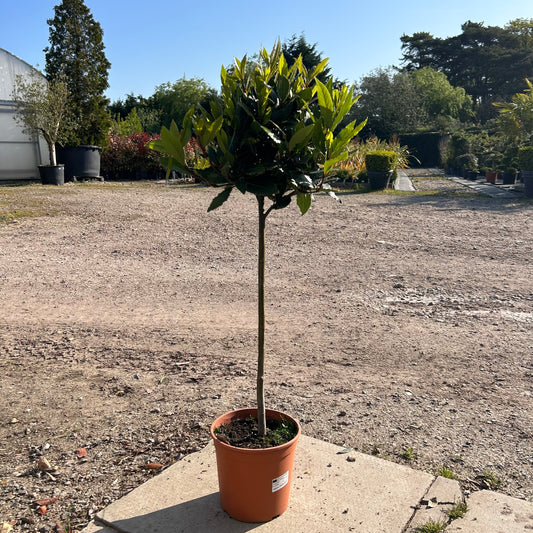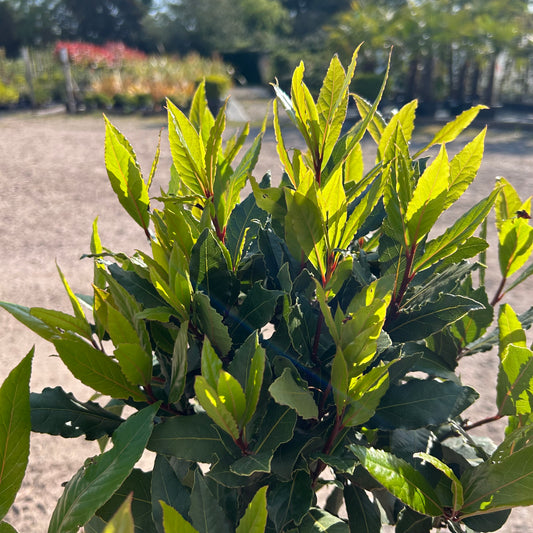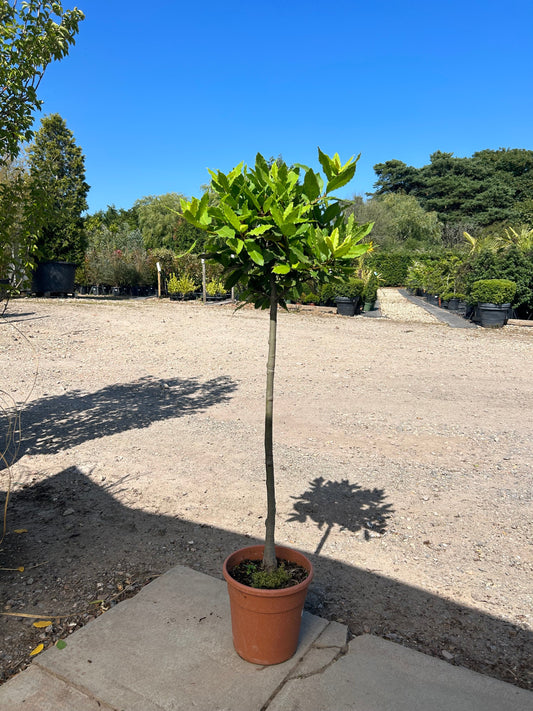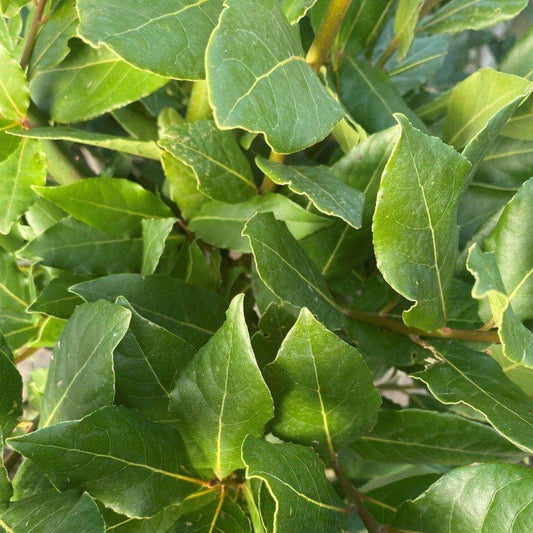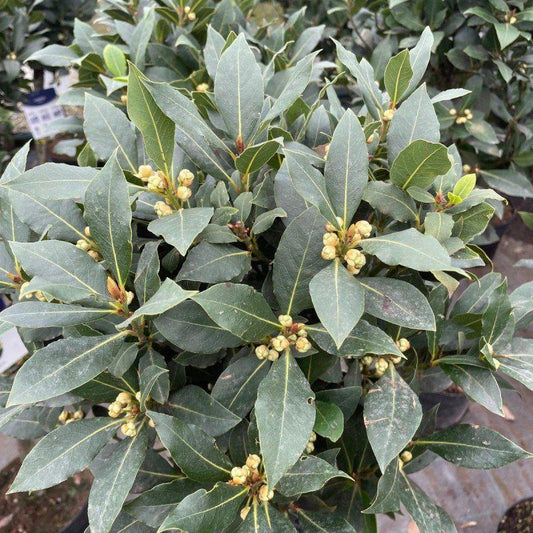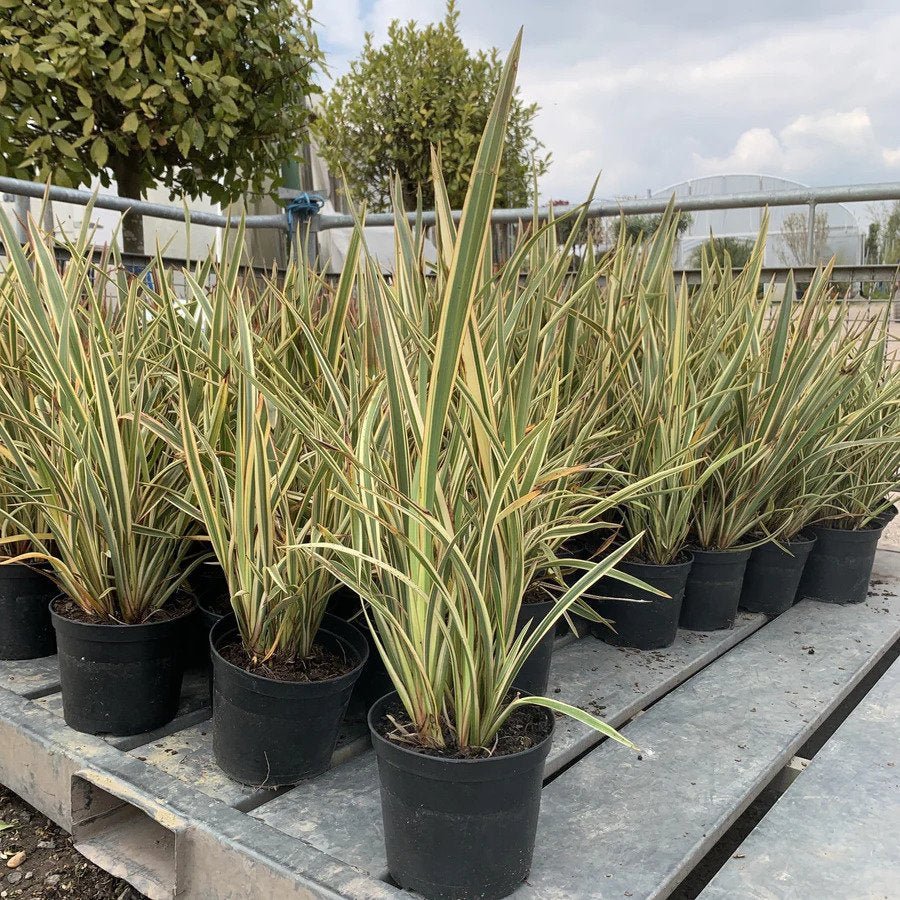Phormiums, also known as New Zealand flax, are a popular ornamental plant in the UK, prized for their striking foliage and architectural form. These evergreen plants are relatively low-maintenance, but they do require some care to keep them healthy and looking their best. In this article, we'll go over how to look after Phormiums in the UK.
- Soil and Watering
Phormiums prefer well-draining soil that is rich in organic matter. They are also fairly drought-tolerant once established, but they do require regular watering during hot, dry spells. It's important not to overwater your Phormiums, as this can cause root rot and other fungal diseases. Water your plants deeply and allow the soil to dry out slightly between waterings.
- Light and Temperature
Phormiums prefer full sun or partial shade and can tolerate a range of temperatures. In the UK, they are hardy to around -5°C, but may require protection in severe winters. If you live in an area with harsh winters, consider covering your plants with horticultural fleece or bringing them indoors during the coldest months.
- Fertilising
Phormiums benefit from occasional fertilisation with a balanced fertiliser, applied in the spring and summer. Avoid fertilising during the winter months, as this can encourage new growth that is more susceptible to frost damage.
- Pruning
Phormiums do not usually require pruning, but you may need to remove any dead or damaged leaves as they appear. You can also remove any flowers that have finished blooming to keep your plant looking tidy.
- Pest and Disease Control
Phormiums are generally resistant to pests and diseases, but they can occasionally be affected by scale insects, mealybugs, or spider mites. If you notice any signs of infestation, treat your plant with an appropriate insecticide or insecticidal soap. It's also a good idea to keep an eye out for any signs of fungal diseases, such as root rot or leaf spot, and treat them promptly to prevent the spread of infection.
Q: What are Phormiums?
A: Phormiums, also known as New Zealand flax, are a genus of evergreen plants native to New Zealand. They are popular ornamental plants in the UK due to their striking foliage and architectural form.
Q: Can Phormiums grow in the UK?
A: Yes, Phormiums can grow in the UK, as long as they are planted in well-draining soil and given adequate sunlight and moisture. They are hardy to around -5°C, but may require protection in severe winters.
Q: What colours do Phormiums come in?
A: Phormiums come in a range of colours, including green, bronze, red, and variegated varieties. Some popular cultivars in the UK include Phormium 'Yellow Wave' and Phormium 'Platt's Black'.
Q: How tall do Phormiums grow?
A: Phormiums can grow up to 2-3 meters tall, depending on the variety and growing conditions. They are slow-growing plants, and it may take several years for them to reach their full height.
Q: How do I care for my Phormiums?
A: Phormiums require well-draining soil and regular watering, especially during dry spells. They also benefit from occasional fertilisation with a balanced fertiliser. Pruning is not usually necessary, but any dead or damaged leaves can be removed.
Q: Can I grow Phormiums in containers?
A: Yes, Phormiums can be grown in containers as long as the container is large enough to accommodate the plant's root system. They will require more frequent watering and fertilisation when grown in containers.
Q: Do Phormiums attract wildlife?
A: Yes, Phormiums are known to attract hummingbirds and other pollinators with their nectar-rich flowers. They may also provide habitat for small birds and insects.
Q: When should I plant Phormiums?
A: Phormiums can be planted at any time of year in the UK, but it is best to plant them in the spring or early autumn when the soil is still warm and moist. Avoid planting in hot, dry weather or during freezing temperatures.


